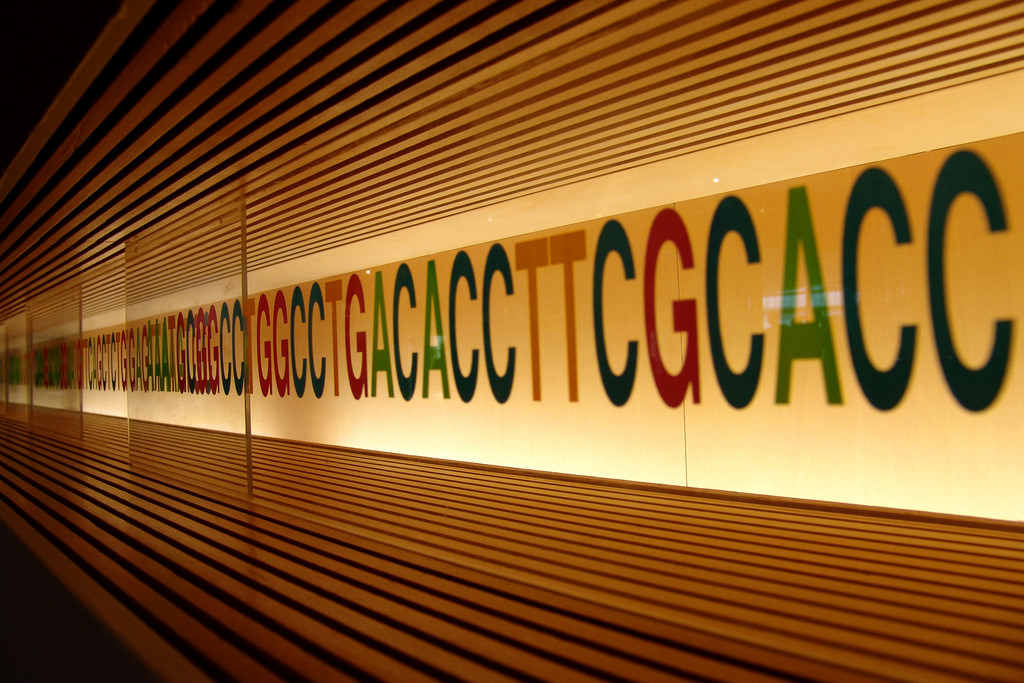Genes, the pieces of DNA that control the traits we inherit from our parents, also have an effect on the likelihood that we develop certain diseases. Changes in genes, called mutations, can greatly impact the development of certain diseases, including cancer. For example, some mutations cause cells to grow without stopping, which can result in cancerous tumors. However, there typically need to be multiple mutations in order for a cell to become cancerous. Genetic mutations can happen randomly inside a cell during the cell division process. Mutations can also be caused by outside factors such as tobacco usage or excessive exposure to sunlight. Mutations can also be inherited, in which case the mutation will affect all the cells in a person’s body. Only 5-10% of cancers, however, are thought to be linked to an inherited mutation.
A new web application called ProteinPaint gives researchers the tools to better understand mutations in the human genome that can cause and affect the growth of pediatric cancer. The application visualizes genetic lesions from pediatric cancers and provides a parallel view of known cancerous mutations so scientists can easily find cancerous mutations in their patient’s genome by comparison. ProteinPaint can also determine whether the mutations present are germline or somatic, meaning that they are present in all cells or only cancer cells, respectively. The mutations can also be categorized based on whether they were present since the initial diagnosis or arose during a relapse of the cancer.
Image Source: Mario Tama
The application also allows users to focus on individual genes and see all the known mutations and the frequency of these mutations in the cancer genome. From this information, researchers can better understand how a mutation can result in the start, progression, and relapse of cancer.
ProteinPaint draws on data from over 1,000 pediatric patients with 21 cancer subtypes and can provide information on nearly 27,500 genetic mutations. As new information becomes available, the database will continue to be updated, providing a valuable resource for cancer patients who require more specialized treatment.
Feature Image Source: DNA by MIKI Yoshihito










